Financial Freedom Update (Q3) 2021 – Sequence of Returns Risk Edition
Welcome to the Million Dollar Journey 2021 (Q3) Financial Freedom Update – the third update of the year! If you would like to follow my whole financial journey, you can get my updates sent directly to your email, via Twitter and/or Facebook.
For those of you new here, since achieving $1M in net worth in June 2014 (age 35), I have shifted my focus to achieving financial independence. How? I plan on building my passive income sources to the point where they are enough to cover our family expenses.
Here is a little more detail on our passive income goals:
How it all started – Original Financial Goal
Our current annual recurring expenses are in the $52-$54k range, but that’s without vacation costs (and no mortgage payments). However, while travel is important to us, it is something that we consider discretionary (and frankly, a luxury). If money ever becomes tight, we could cut vacation for the year. In light of this, our ultimate goal for passive income is to have enough to cover recurring expenses, and for business (or other active) income to cover luxuries such as travel, savings for a new/used car, and simply extra cash flow.
Major Financial Goal: To generate $60,000/year in passive income by end of the year 2020 (age 41).
Reaching this goal would mean that my family (2 adults and 2 children) could live comfortably without relying on full-time salaries (we are currently a one-income family). At that point, I would have the choice to leave full-time work and allow me to focus my efforts on other interests, hobbies, and entrepreneurial pursuits.
I’m happy to report that we achieved this goal in 2020 – a little ahead of schedule. While the goal now is to continue building and reinvesting those dividends within the portfolio I’m finding that as the years go by, more focus is being put on indexing. Having said that, I haven’t sold any dividend positions in favour of index ETFs… yet.
Since the last update, I’ve phased out of salaried work and for the first time since graduating from university, I’m without a steady paycheck. That is if you don’t count dividends flowing into the investment account.
Sequence of Returns Risk for Retirees
It’s a bit of a mind-bender spending savings and investment income instead of spending the money popping into the chequing account every two weeks. Decumulation of retirement assets also takes much more planning than growing the accounts. It’s ok to make a mistake while building your investments because there is time to make up for it. If a severe bear market strikes at the beginning of retirement, however, it could impact the amount you can sustainably spend for the rest of your retirement. Check out this article on the sequence of returns risk.
There are a few ways to reduce the sequence of returns risk in retirement, namely, having the right asset allocation, having flexible spending, and having strategic cash holding to add a buffer in case of a market downturn. For me, I will be maintaining a significant equity portion of my portfolio in addition to having a significant cash position. Essentially use cash savings for day-to-day expenses and withdraw from the portfolio (dividends) annually to top-up the cash portion.
Since I’ve taken the leap, I’ve been enjoying the summer with the family, have taken some much-needed downtime but still working on some passion projects. It’s only been a little over a month and I’ve already had new job opportunities come to me, but I’m realizing that time is much more valuable than a regular paycheck. Who knows though, the right opportunity might come along and I may jump ship into full-time work again, but as of right now, I’m just going with the flow.
Financial Independence Update – Q3 2021
Although 2020 finished with making all-time stock market highs, 2021 has certainly kept the trend going. Not including dividends, the S&P500 has advanced about 34% with the TSX about 25% over the past 12 months. Seems a bit extreme to me!
As you may know already, while I stay invested through thick and thin, I’m always a little cautious over a prolonged bull market. So I still expect that we’ll get some sort of pull-back in the coming months. It’s healthy for the market to take a breather as it can give long-term investors attractive entry points.

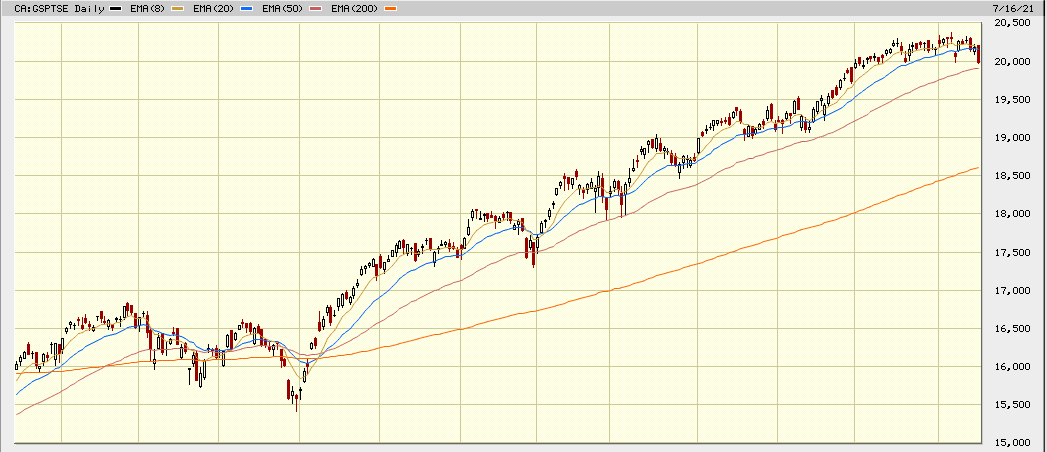
As I’ve mentioned in many other updates, I like to buy quality dividend companies (and indexes) when their valuations are attractive. In other words, when they are being sold off (ie. dip). You can see some of my favourite Canadian dividend stocks here.
Thus far in 2021, I have deployed capital into the following Canadian dividend positions:
- Waste Connections (WCN)
- Brookfield Infrastructure (BIP.UN/BIPC)
- iShares All-World Ex-Canada Index ETF (XAW)
- Algonquin Power & Utilities (AQN)
- Canadian National Railway (CNR)
The goal of the dividend growth strategy is to pick strong companies with a long track record of dividend increases. In terms of dividend increases, this year has proven to be lucrative for dividend growth investors thus far.
2021 Dividend Raises
So far in 2021, the Canadian portion of my portfolio received raises from:
- CU.TO (1% increase)
- MRU.TO (11.1% increase)
- CNR.TO (7% increase)
- XTC.TO (5.3% increase)
- BIP.UN/BIPC (5.2% increase)
- MG.TO (7.5% increase)
- CNQ.TO (11% increase)
- NTR.TO (2% increase)
- BCE.TO (5% increase)
- TRP.TO (7.4% increase)
- ENGH.TO (18.5% increase)
- AQN.TO (10% increase)
- T.TO (1.6% increase)
- H.TO (5% increase)
- EMP.TO (15% increase)
I’m reading that the banks have excess capital and might significantly increase their dividends in 2021. Fingers crossed!
Top 10 Holdings
Our top 10 holdings move around quite a bit but the big banks have maintained their lead due to their big run this year. CIBC alone with up 31% in 2021 thus far!
In our overall portfolio, here are the current top 10 largest dividend holdings:
- TD Bank (TD)
- CIBC (CM)
- Royal Bank (RY)
- Bank of Montreal (BMO)
- Scotia Bank (BNS)
- Canadian National Railway (CNR)
- Fortis (FTS)
- Enbridge (ENB)
- Emera (EMA)
- Brookfield Infrastructure (BIPC/BIP.UN)
*not counting index ETFs (they are my largest holding).
Dividend Income Update Q3 2021
As mentioned, there have been a number of healthy dividend increases and we managed to deploy some capital into dividend stocks. In the last update, the decline of USD relative to CAD resulted in slower dividend growth. While CAD has weakened since the last update, I am keeping the FX the same for now.
As you can see in detail below, we have increased our dividend income to $63,030 which is another small increase quarter over quarter.
Here are the numbers.
Q3 2021 Dividend Income Update
| Account | Dividends/year | Yield |
| Smith Manoeuvre Portfolio | $7,830 | 3.60% |
| TFSA 1 | $4,250 | 3.90% |
| TFSA 2 | $4,000 | 3.85% |
| Non-Registered | $4,200 | 4.13% |
| Corporate Portfolio | $31,450 | 3.18% |
| RRSP 1 | $7,800 | 2.28% |
| RRSP 2 | $3,500 | 1.98% |
- Total Yield: 3.09%
- Total Dividends: $63,030/year

Final Thoughts
As mentioned earlier, instead of purely accumulating and building my portfolio, I’ve made the shift to spending those dividends. While I believe in investing for the total return of your portfolio (capital gains + dividends), there’s a psychological comfort in getting paid regardless of how the market is performing. Especially when trying to mitigate any sequence of returns risk during early retirement.
I’ve noticed that other dividend investors/bloggers are comparing their dividend income to a comparable income/hr. Depending on taxation in your area, in ON, $63k in dividend income is about equivalent to an $85k salary, which is about $42.50/hr. Not a bad way to psychologically frame passive income.
To put dividend income in further context, I wrote a post about withdrawing from your RRSP or TFSA where, with no other income in retirement, you can make up to $50k in dividend income (within a taxable investment account) and pay very little to no income tax (depending on the province).
If you are also interested in the dividend growth strategy, here is a post on how to build a dividend portfolio. With this list, you’ll get a general idea of the names that I’ve been adding to my portfolios.
If you want a simpler investing strategy that outperforms most mutual funds out there, check out my post on the best all-in-one ETFs in Canada. I’m a fan of indexing as the iShares XAW is my top individual holding.
Keep investing that cash flow and stick with a long-term plan. Your future wealthier self (sooner than you think!) will thank you for it.
I've Completed My Million Dollar Journey. Let Me Guide You Through Yours!
Sign up below to get a copy of our free eBook: Can I Retire Yet?





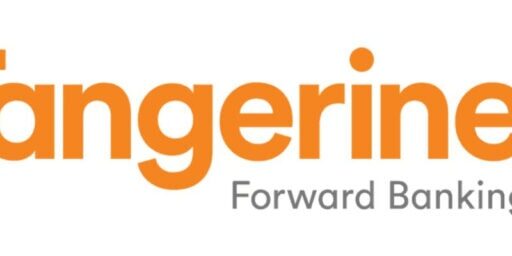
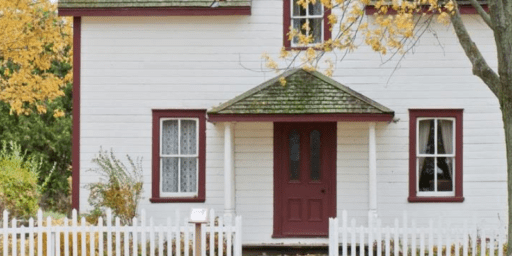
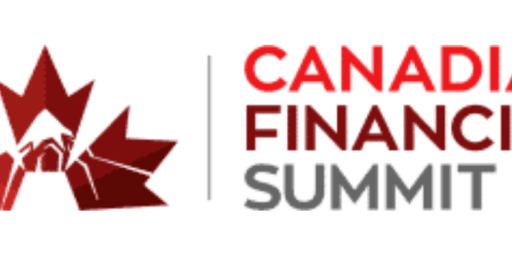

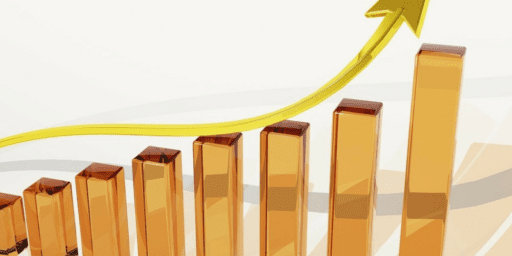

Do you consider dividends in your RRSP to be the same as non registered? It looks like you do in your model above.
Same question. And if you are withdrawing dividends from your RRSP, how do you mitigate the tax implications?
Just discovered this. It’s exactly the journey wife & me are on, except we’re still trying to get to that first million (should happen later this year or early next year).
Our goal is to retire somewhere cheaper (Portugal or Spain are our favored options). We don’t have kids, so it’s easy to move.
I’ve been learning as I go, and recently decided to invest more on dividend ETFs. We invested in 6 ETFs that cover mostly US, Canada, Europe, and Asia in both equity and real estate. Our dividend yield is around 5.15%.
If/when the market crashes (again), we have around 25% of our portfolio in cash, ready to pounce at the sale.
Your journey is inspiring, will be following it attentively.